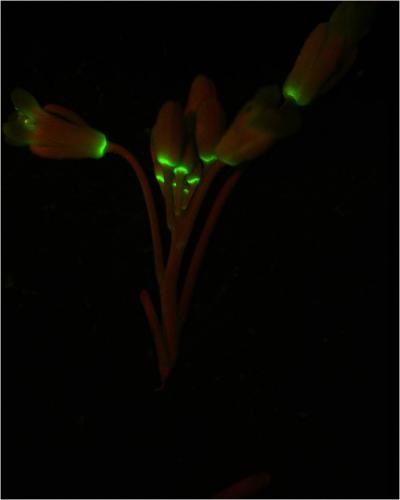It is not just the change of weather that causes the leaves to fall
A falling leaf often causes the poet's eyes to vibrate, but scientists also wonder about what causes leaves to fall. Shedding is a physiological process that plants use to separate organs such as leaves, petals, flowers and fruits; thereby allowing plants to remove infected or non-functional organs.
University of Missouri researchers have recently discovered the genetic basis for controlling defoliation in Arabidopsis thaliana. The ability to control deciduous phenomena in plants has attracted the special attention of commercial flower and fruit industry. These sectors must rely heavily on factors that inhibit or promote the deciduous process to regulate fruit quality as well as control the phenomenon of fruit drop before harvest.
John Walker of Christopher S. Bond Life Sciences Center said: 'Understanding the physiological mechanisms that plants use to control shedding is important to understanding plant growth cycles and muscles. Its defense mechanism. Red lightening of the deciduous cycle of Arabidopsis thaliana will provide the basis for understanding the basic physiological cycle in other plants'.

Luminescent protein in the deciduous region of Arabidopsis thaliana.(Photo: John Walker)
There are many reasons why plants separate from an organ. For example, if the old leaves fall down to serve the cycle of nutrient recycling, ripe fruits drop to promote the process of seed dispersal, the removal of infected parts of the flower is to aim for prevent spreading disease. However, it is different for Arabidopsis thaliana. It is a small flowering plant, native to Europe, Asia and northwestern Africa. It is still unclear why it separates parts of the flower after it is ripe. Its flower is quite small and the flowering phenomenon does not seem to function as usual.However, the gene encoding this process has existed for a long time.
Previous studies have analyzed the phenomenon of loss in plants while showing some different genes and gene products. Walker and his colleagues were the first to find the gene pathway involved in the fallout cycle in Arabidopsis using molecular reconstruction and engineering techniques.
Walker is also a professor of biology at the School of Science and Arts (University of Missouri). He said: 'The process of shedding is a phenomenon that we still have not fully understood about it. Several different genes are involved in the process. Instead of studying different genes or proteins, we studied the whole network at the same time to see how different genes work together to create this physiological phenomenon. '
The study entitled "Regulation of Floral Organ Abscission in Arabidopsis thaliana" will be published in the Proceedings of the National Academy of Sciences. The National Science Foundation has funded research.
- Mysterious deciphers' autumn leaves fall yellow
- Why does the autumn leaves change color?
- Why do leaves on the last fall?
- Discover the fall
- Beams of maple leaves fall extremely romantic and beautiful
- Autumn leaves
- Why are we so sad in the fall?
- Red leaves when autumn comes to fight stress
- Leaves have internal thermostats
- Why leaves are red in autumn
- Artificial leaves can photosynthesis 'just like', both eliminating CO2 and creating both oxygen and fuel
- Red maple leaves in Hanoi suddenly show off
 'Fine laughs' - Scary and painful torture in ancient times
'Fine laughs' - Scary and painful torture in ancient times The sequence of numbers 142857 of the Egyptian pyramids is known as the strangest number in the world - Why?
The sequence of numbers 142857 of the Egyptian pyramids is known as the strangest number in the world - Why? History of the iron
History of the iron What is alum?
What is alum?